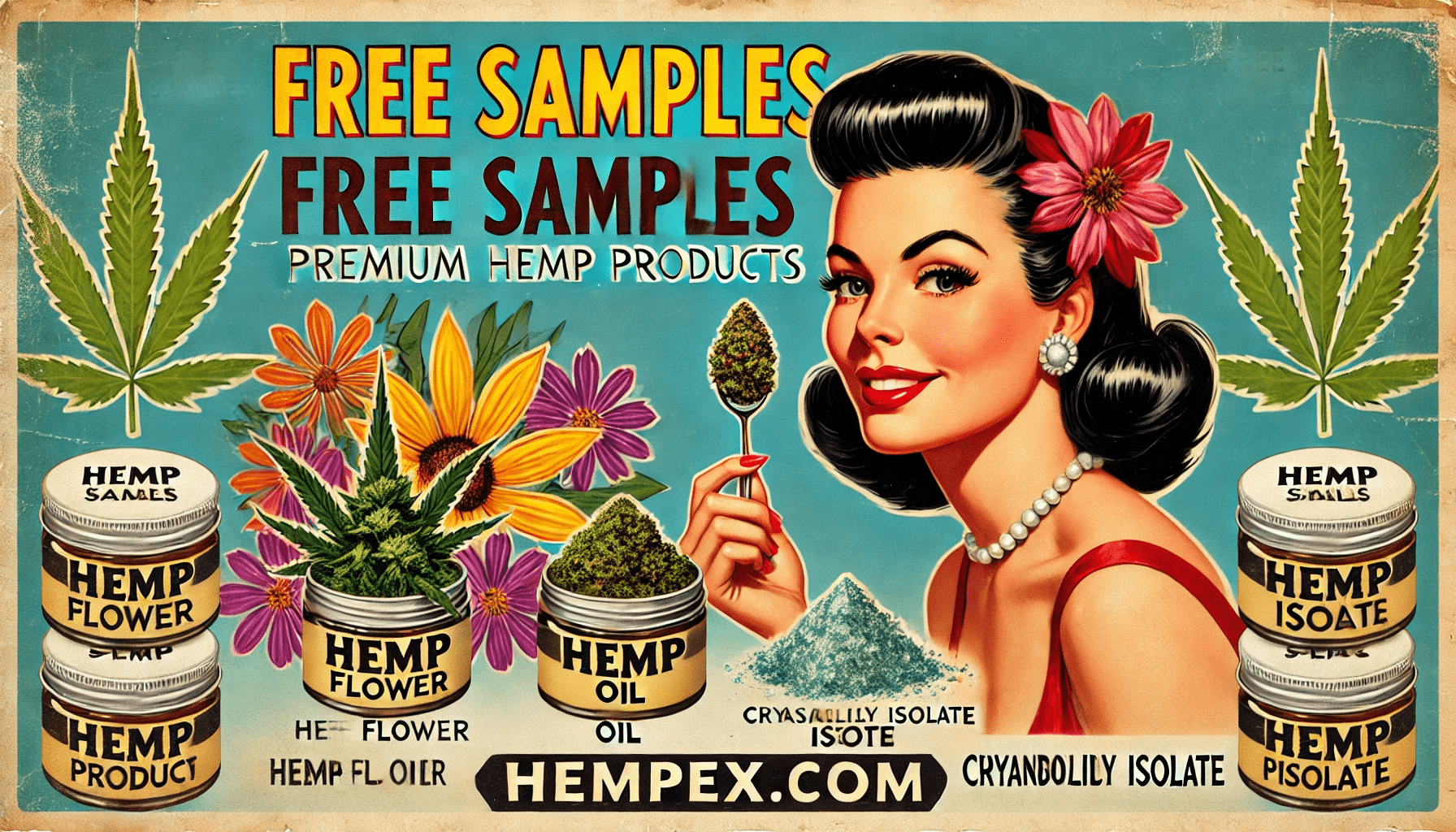Navigating the World of Hemp Flower Pounds: A Comprehensive Guide
The hemp industry is booming, with hemp flower pounds gaining significant traction among businesses and consumers alike. This comprehensive guide explores the multifaceted world of hemp flower pounds, drawing insights from the sources provided.
Understanding Hemp Flower Pounds: A Primer
Hemp flower pounds, as the name suggests, refer to bulk quantities of hemp flower typically packaged in one-pound units. These pounds comprise the dried and cured flowering tops of hemp plants, meticulously cultivated for their high CBD content and legal compliance with THC limitations, ensuring less than 0.3% Delta-9 THC. These bulk units cater to a diverse range of customers, each with specific needs and applications.
Who Benefits from Hemp Flower Pounds?
The market for hemp flower pounds is as diverse as the product itself. Here’s a breakdown of the key players:
- Retailers: These businesses purchase smaller quantities to repackage and sell directly to consumers, often in more manageable weights like grams or ounces.
- Bulk Buyers (Processors and Extractors): This group represents a significant portion of the hemp flower pound market. They utilize large volumes of hemp flower for CBD extraction and the manufacturing of various hemp-derived products, including oils, isolates, and distillates.
- Small Brands and Dispensaries: This segment leverages bulk flower to create their own branded product lines, adding value and increasing profit margins. Common examples include pre-rolls, edibles, and topicals.
- Hemp Farms and Processors: This group may utilize hemp flower for their own product lines or resell it to other businesses within the supply chain.
- Individuals: Some individuals who use hemp flower for personal consumption opt for bulk purchases to save money in the long run.
Deciphering the Cultivation Methods: Indoor vs. Outdoor vs. Greenhouse
Understanding the nuances of different cultivation methods is crucial when selecting hemp flower pounds. Each approach boasts distinct characteristics that impact the final product’s quality, price, and applications.
Indoor Hemp Flower: The Gold Standard
Indoor cultivation represents the pinnacle of hemp flower production, offering unparalleled control over growing conditions.
- Advantages:
- Exceptional Quality and Potency: By meticulously managing light cycles, humidity, temperature, and nutrient levels, indoor cultivators create optimal environments for maximizing cannabinoid and terpene development. This often results in exceptionally potent and flavorful hemp flower.
- Unwavering Consistency: The controlled indoor environment ensures uniform care, yielding consistent bud size, structure, and potency across harvests.
- Visually Stunning: Indoor flower is renowned for its dense, vibrantly colored buds, often coated in a thick layer of trichomes (resin glands). This visual appeal is a significant selling point for premium brands.
- Disadvantages:
- Higher Price Point: The sophisticated equipment and energy required to maintain optimal indoor growing conditions contribute to a higher price tag compared to other methods.
- Ideal Applications:
- Premium Retail Markets: Catering to discerning consumers seeking top-shelf quality and willing to pay a premium for it.
- High-End Products: The exceptional quality and potency make indoor flower ideal for crafting high-quality CBD extracts, isolates, and infused products designed for discerning customers.
- Smoking and Vaping: The smooth, flavorful experience of premium indoor flower appeals to users who prioritize these aspects.
Outdoor Hemp Flower: Embracing Nature’s Bounty
Outdoor cultivation relies on natural sunlight and rainfall, minimizing environmental impact and production costs.
- Advantages:
- Cost-Effective Production: The absence of artificial lighting and climate control significantly reduces production costs, making outdoor hemp flower the most affordable option.
- Sustainability at its Core: By harnessing natural resources, outdoor cultivation aligns with environmentally conscious practices, a factor increasingly important to consumers.
- Disadvantages:
- Quality Can Vary: Exposure to unpredictable weather patterns, pests, and variations in soil conditions can lead to inconsistencies in quality and potency compared to the controlled indoor environment.
- Visual Appeal May Differ: Outdoor buds might not achieve the same visual consistency and density as indoor-grown flower, potentially impacting their “bag appeal”.
- Ideal Applications:
- Large-Scale CBD Extraction: The lower cost per pound makes outdoor hemp flower a practical choice for businesses engaged in large-scale extraction processes.
- Bulk Purchases: The affordability of outdoor flower makes it suitable for businesses requiring large quantities of hemp flower for various applications.
- Value-Driven Product Lines: Outdoor hemp flower can be used to create more affordable CBD products, appealing to a broader customer base.
Greenhouse Hemp Flower: A Harmonious Balance
Greenhouse cultivation represents a hybrid approach, combining the benefits of controlled environments with natural sunlight.
- Advantages:
- Best of Both Worlds: Greenhouses provide a controlled environment while still allowing plants to benefit from natural sunlight. This balances quality and cost-effectiveness.
- Elevated Quality and Consistency: Compared to outdoor cultivation, greenhouses offer greater control over temperature, humidity, and light, resulting in improved quality and consistency in bud development.
- Reduced Costs Compared to Indoor: Utilizing natural sunlight reduces reliance on artificial lighting, leading to lower energy costs compared to indoor growing.
- Potential for Extended Growing Seasons: Depending on the climate, greenhouses can extend the growing season, potentially increasing yields and product availability.
- Disadvantages:
- Higher Cost than Outdoor: Building and maintaining a greenhouse involves higher costs than open-field cultivation.
- Ideal Applications:
- Broad Market Appeal: Greenhouse-grown hemp flower appeals to consumers who value both sustainability and high quality.
- Bulk Sales and Extraction: The combination of controlled conditions and scalability makes greenhouse flower suitable for businesses engaged in bulk sales and extraction processes.
The Crucial Role of Post-Harvest Handling: Preserving Quality and Value
No matter the cultivation method, meticulous post-harvest handling is paramount for preserving the quality, potency, and market value of hemp flower pounds. This meticulous process involves several key stages:
- Harvesting: Hemp flower destined for premium markets is often harvested by hand to ensure the delicate trichomes, which house the valuable cannabinoids and terpenes, remain intact.
- Drying: Slow and controlled drying, typically in well-ventilated barns or specialized drying chambers, is essential to prevent mold growth while preserving the flower’s color, aroma, and potency.
- Curing: Once dried, hemp flower undergoes a curing process, which involves storing it in a humidity-controlled environment. This allows for chlorophyll breakdown and the enhancement of the flower’s flavor and aroma profile.
- Trimming: Hand-trimming, while more labor-intensive, is often preferred for premium hemp flower. This meticulous process removes excess leaves and stems, preserving the trichome-rich buds and enhancing the product’s visual appeal.
The Legal Landscape: Navigating Compliance
The hemp industry operates within a complex legal landscape. Producers, distributors, and sellers must adhere to stringent regulations, particularly concerning THC content.
- The 2018 Farm Bill: A Defining Moment: The passage of the 2018 Farm Bill in the U.S. legalized hemp cultivation and the production of hemp-derived products, provided they contain less than 0.3% Delta-9 THC.
- Stringent Testing: Ensuring Compliance: To ensure compliance, hemp flower undergoes rigorous testing at various stages. Pre-harvest testing is crucial to verify THC levels fall below the legal limit, while post-harvest testing confirms potency and screens for contaminants like pesticides, heavy metals, and microbial growth.
Cannabinoids: Beyond CBD
While CBD reigns supreme in the hemp-derived product market, the industry is witnessing a surge in interest for other cannabinoids like CBG and CBDV.
- CBDV (Cannabidivarin): A Rising Star: CBDV is gaining recognition for its potential therapeutic applications, particularly in addressing neurological conditions like epilepsy. This has led to the development of specialized, high-CBDV cultivars like Forbidden V, often commanding premium prices due to their rarity and specialized breeding.
- CBG (Cannabigerol): Emerging from the Shadows: Often dubbed the “mother of all cannabinoids” due to its role as a precursor to other cannabinoids, CBG is garnering attention for its potential therapeutic benefits, including anti-inflammatory properties and neuroprotective effects. CBG-rich hemp flower, exemplified by cultivars like Orange Cream CBG, is steadily gaining popularity.
Strain/Cultivar Selection: A Symphony of Flavors and Effects
The choice of strain or cultivar significantly influences the final product’s aroma, flavor profile, and reported effects, all factors that sway consumer choices and impact pricing.
- Highlighting Uniqueness: Cultivar-Specific Marketing: The sources emphasize the importance of effectively communicating the unique characteristics of each cultivar. For instance, promoting the uplifting and citrusy notes of Sour Suver Haze or the relaxing and sweet profile of Cherry Pie allows businesses to target specific customer preferences and potentially justify price variations based on cultivar desirability.
Conclusion: A Thriving Market with Continued Growth
The hemp flower pound market is dynamic and brimming with opportunities for businesses and consumers alike. By understanding the complexities of cultivation methods, post-harvest handling, legal compliance, cannabinoid profiles, and cultivar variations, stakeholders can navigate this evolving landscape successfully.
As research uncovers new potential benefits of hemp-derived compounds, and as consumer demand for natural wellness solutions grows, the hemp flower pound market will continue to flourish.



